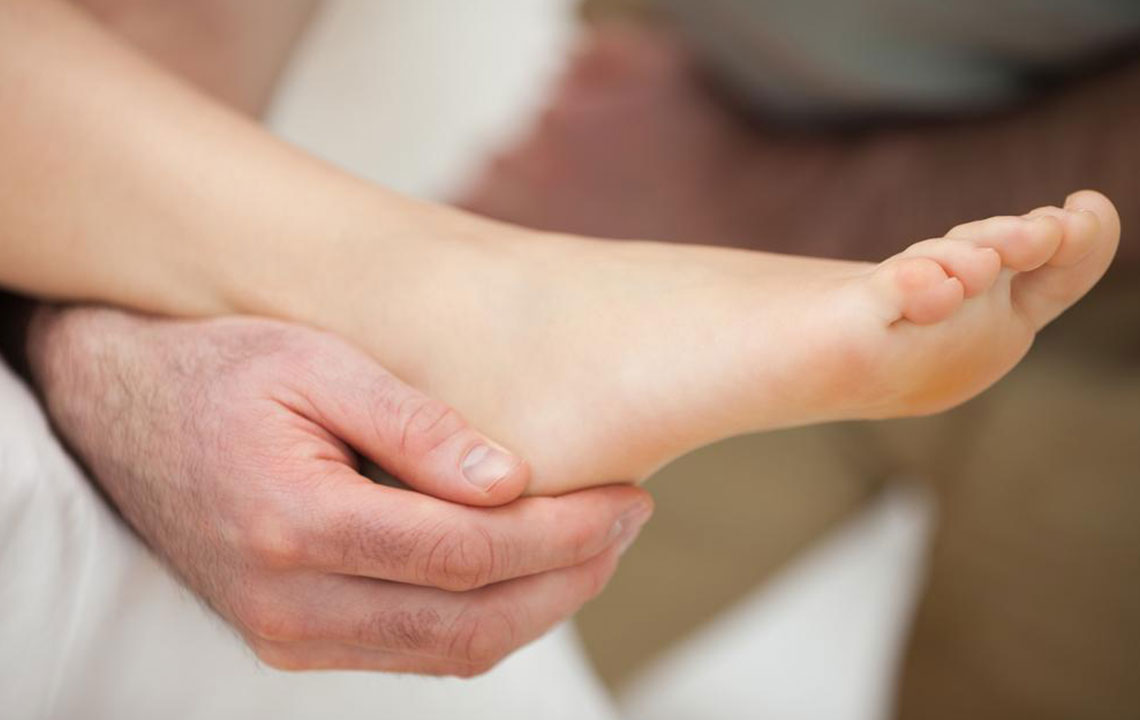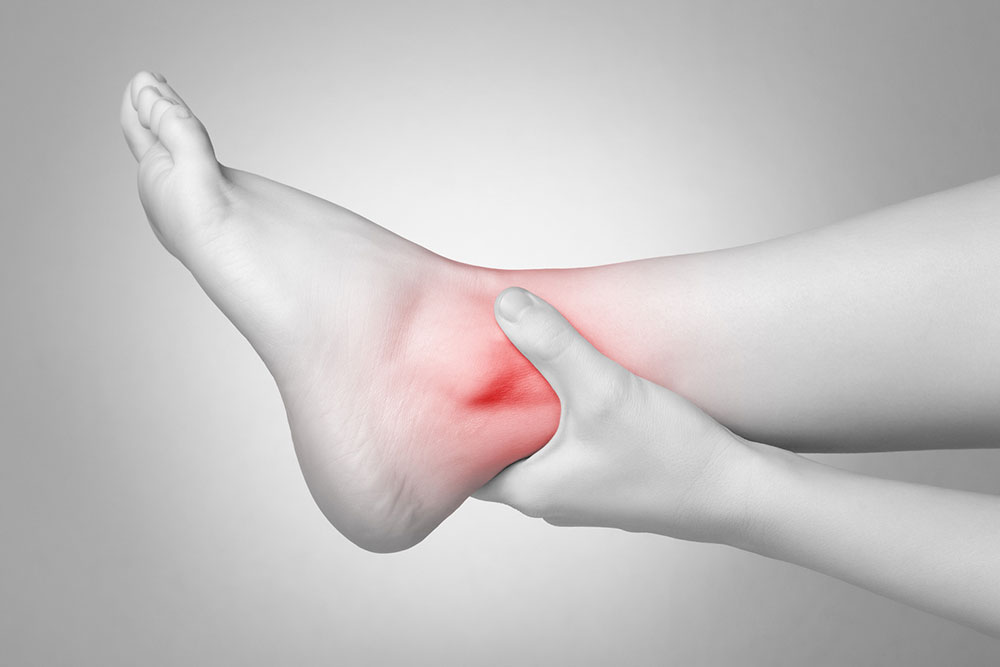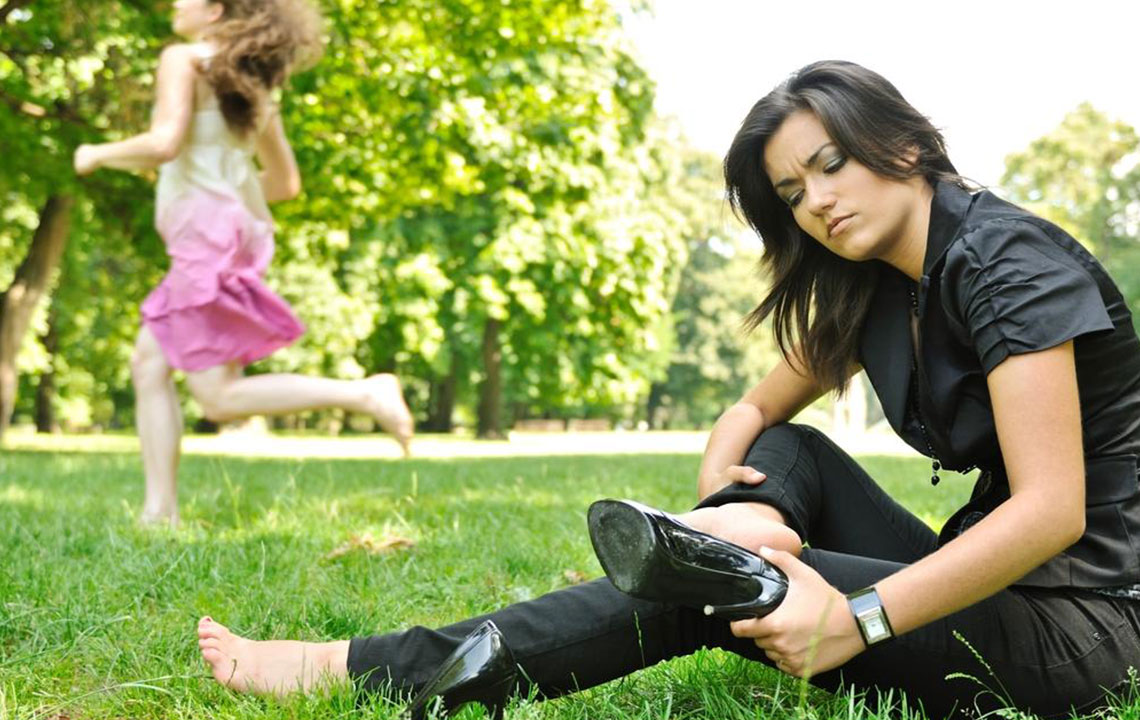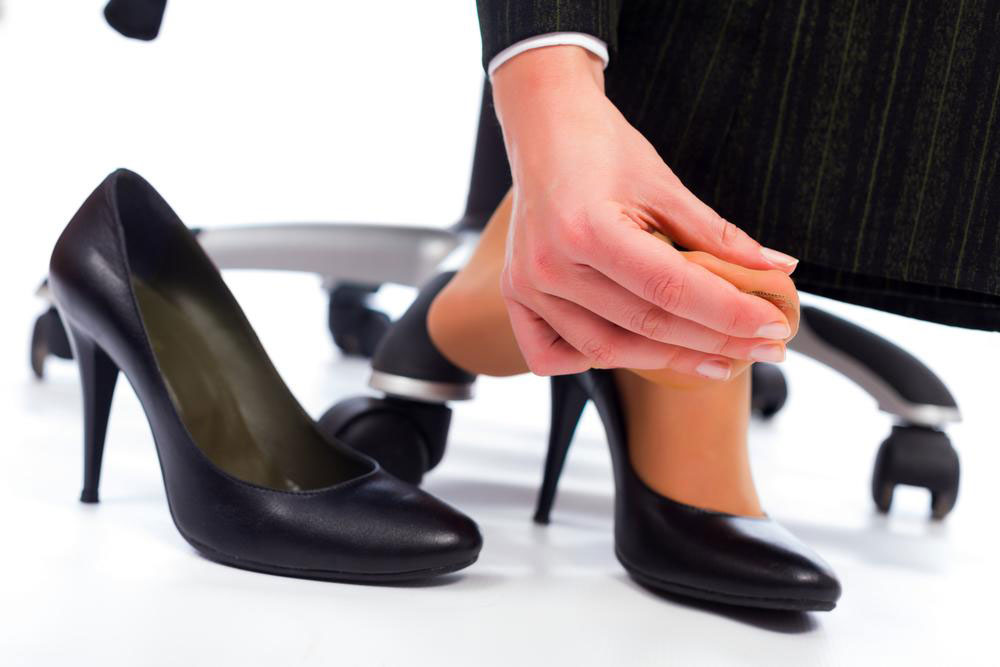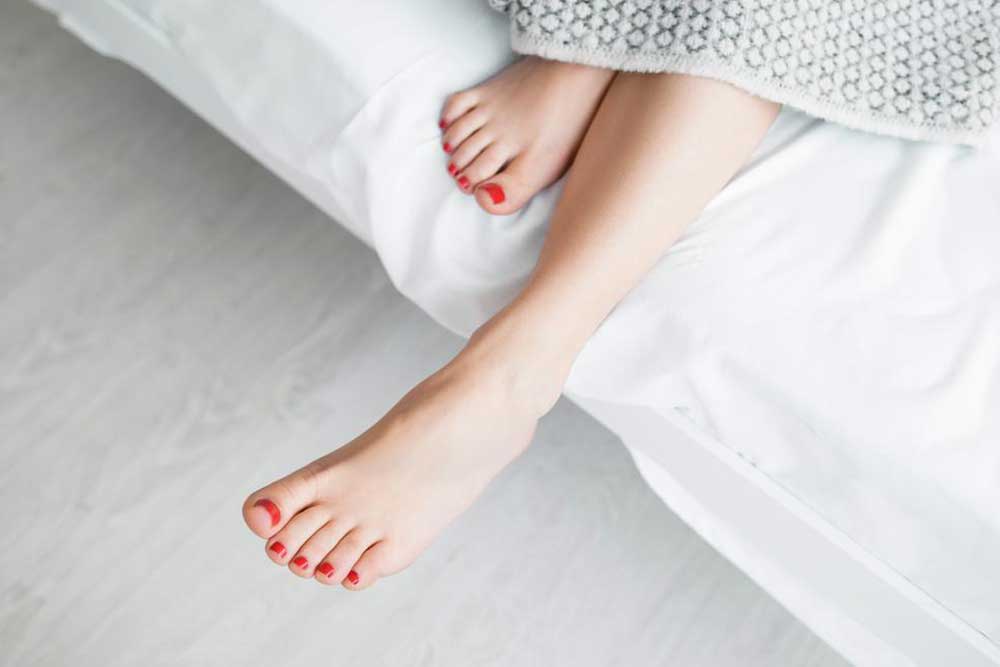Common Causes of Foot Discomfort in Children
Children often experience heel pain from conditions like Sever's disease, Achilles tendonitis, or fractures due to activity overload. Early diagnosis and appropriate treatment, including rest and conservative measures, are essential to prevent long-term complications. Recognizing symptoms and seeking medical advice ensures quick recovery and helps children continue their active lifestyles.
Sponsored
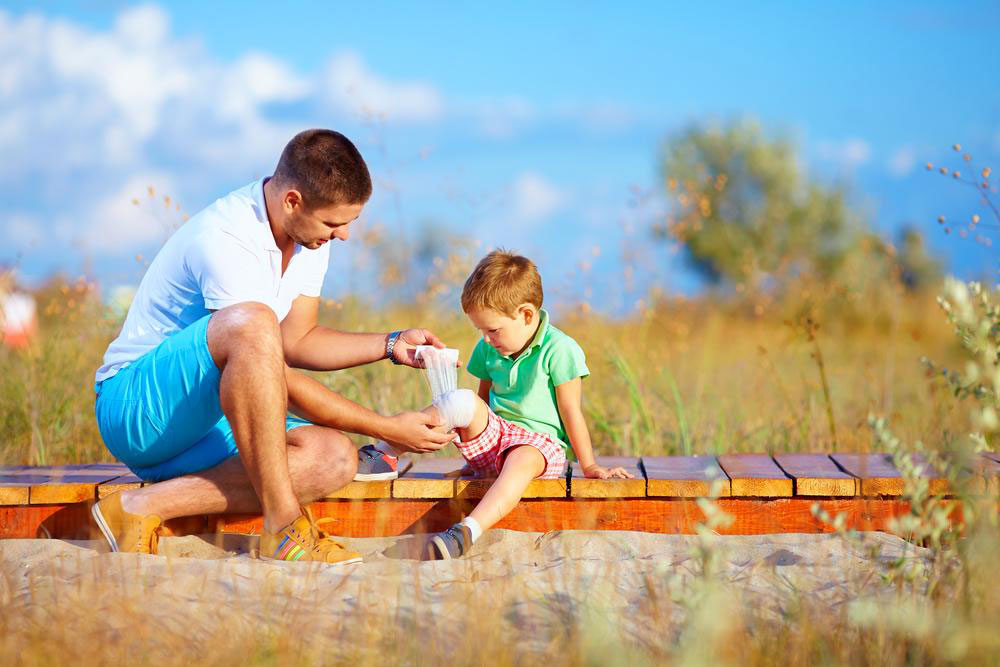
Understanding Foot Discomfort in Children
Children often experience heel discomfort, which is a common form of foot pain. While typically not serious, it still demands accurate diagnosis and timely treatment. If your child expresses pain or tenderness in the foot or ankle that causes limping, they might be dealing with a foot injury.
Foot injuries, especially heel issues, can develop gradually if neglected. Children engaged in competitive sports that involve intense training are at higher risk. Ignoring symptoms can lead to persistent pain and more severe injuries.
Let's explore various reasons behind foot discomfort in children:
Calcaneal Apophysitis
Also known as Sever's disease, it’s the primary cause of heel pain in active children aged 5 to 11. This overuse injury results from repetitive stress due to running or jumping. It occurs because of the Achilles tendon pulling on the growing heel bone. Sports like basketball, soccer, and track increase risk.
Achilles Tendonitis
This condition appears in children who suddenly boost their physical activity. Symptoms include heel or rear-foot pain, swelling, warmth, and walking difficulty. Kids involved in repetitive activities like running and jumping, such as dancers or basketball players, may develop this condition. Treatment usually involves rest, cold therapy, compression, and elevation.
Fractures
High-impact sports can cause heel or foot fractures in children due to sudden trauma. Signs include severe pain, swelling, bruising, and inability to bear weight. Treatment options include ice, rest, immobilization through splints or casts, and pain relief. Complete healing requires avoiding sports until recovery is confirmed. Persistent pain warrants medical advice, as most heel issues improve with conservative care such as rest and ice.

